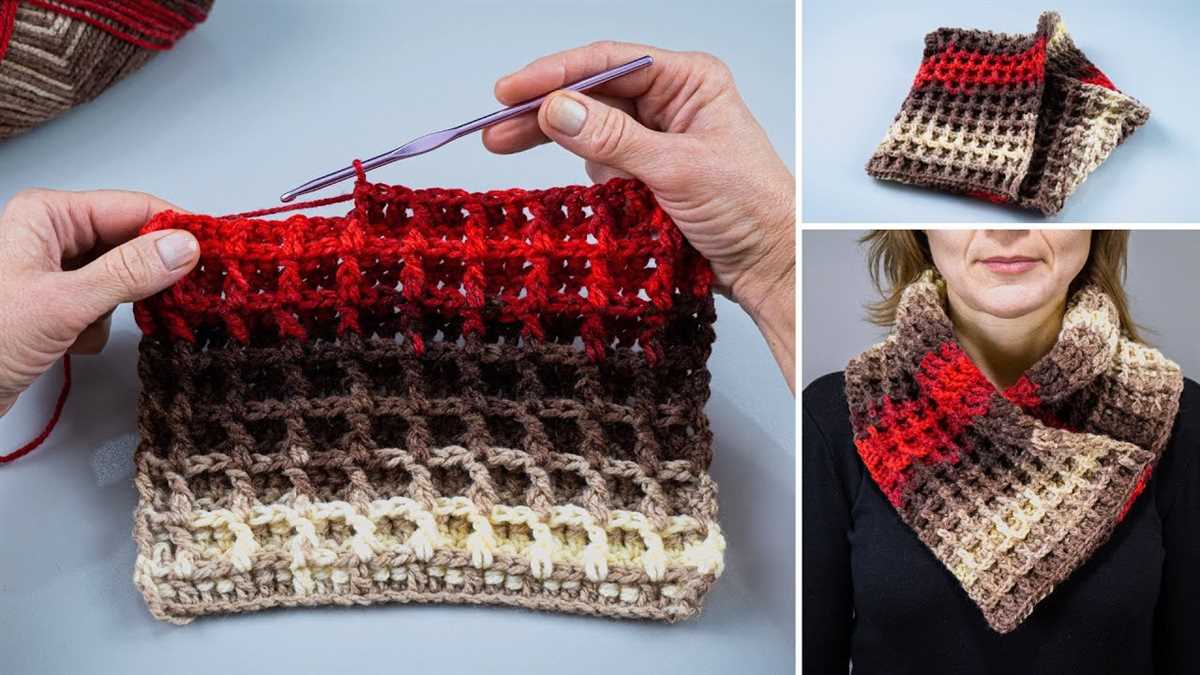
Slip stitch knitting is a versatile technique that can create stunning patterns and textures in your projects. While it may sound complicated, slip stitch knitting is actually quite simple and perfect for beginners looking to expand their skills.
What sets slip stitch knitting apart is that it creates the appearance of colorwork without the need for multiple strands of yarn or complex stitch patterns. By working stitches in a combination of slipped and knit stitches, you can achieve beautiful patterns with just one color of yarn.
Slip stitch knitting is great for beginners because it only involves working one stitch at a time and requires minimal counting or following of complex stitch patterns. This makes it a great technique for those who may find traditional colorwork or lace knitting daunting.
In this article, we will explore some basic slip stitch knitting patterns that are perfect for beginners. Whether you’re looking to add texture to a blanket or create a fun design on a hat, these patterns will help you get started and build your confidence in slip stitch knitting.
Slip Stitch Knitting Patterns for Beginners

Slip stitch knitting patterns are a great way for beginners to learn new techniques and create beautiful textured fabric. These patterns are simple to follow and require basic knitting skills, making them perfect for those who are new to knitting.
One popular slip stitch pattern for beginners is the slip stitch rib. This pattern creates a stretchy, textured fabric that is perfect for scarves or hats. To create the slip stitch rib, you will alternate slipping stitches with knitting or purling stitches. This pattern is an excellent introduction to slip stitch techniques and can be easily customized by adding or subtracting stitches.
Another beginner-friendly slip stitch pattern is the mosaic stitch. This pattern uses two colors of yarn to create a geometric design. By slipping stitches and working with different yarn colors, you can create intricate patterns without the need for complex techniques like stranded knitting. The mosaic stitch is a great way to experiment with color and add visual interest to your knitting projects.
If you’re looking for a slip stitch pattern that is both easy and versatile, the slip stitch honeycomb pattern is a great choice. This pattern creates a textured fabric that resembles a honeycomb, and it can be used for a variety of projects such as blankets, dishcloths, or even sweaters. By only working with one color at a time and alternating between slipping stitches and knitting or purling stitches, you can easily create this beautiful textured pattern.
In conclusion, slip stitch knitting patterns are perfect for beginners who want to learn new techniques and create textured fabric. Whether you choose to try the slip stitch rib, mosaic stitch, or slip stitch honeycomb, these patterns are easy to follow and will help you build your knitting skills while creating beautiful and unique projects.
What is Slip Stitch Knitting?
Slip stitch knitting is a technique used in knitting patterns to create various textured effects. It involves passing a stitch from the left-hand needle to the right-hand needle without working it. Instead of knitting or purling the stitch, it is simply slipped, hence the name “slip stitch knitting”.
This technique is perfect for beginners who want to add some visual interest to their knitting projects without having to learn complicated stitches or techniques. Slip stitch knitting is easy to learn and can be used to create stunning designs with minimal effort.
When working slip stitch knitting, the slipped stitches create floats or bars across the fabric. These floats can be used to create patterns, stripes, or even intricate colorwork designs. By alternating slip stitches with worked stitches, you can create interesting textures and patterns.
Slip stitch knitting patterns can range from simple and subtle to bold and intricate. They can be used to create various items, including scarves, hats, blankets, and even garments. The versatility of slip stitch knitting makes it a popular choice among knitters of all skill levels.
Benefits of Slip Stitch Knitting
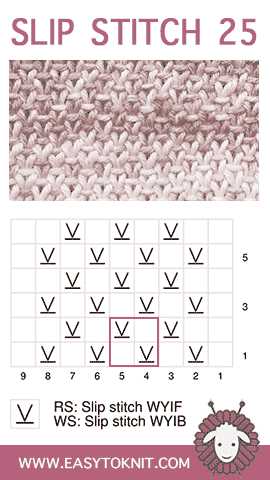
- Easy to learn for beginners
- Creates interesting textures and patterns
- Can be used to add colorwork without stranding or intarsia techniques
- Produces a dense and warm fabric
- Can be used with any weight of yarn
Whether you’re a beginner knitter or an experienced one, slip stitch knitting is a versatile technique that allows you to create beautiful and unique designs. So grab your needles and give slip stitch knitting a try!
Benefits of Slip Stitch Knitting
Slip stitch knitting is a technique that offers numerous benefits to beginners and experienced knitters alike. By using slip stitches, you can create intricate and beautiful patterns without the need for complex techniques. This makes slip stitch knitting perfect for beginners who want to create stunning projects with ease.
1. Easy to Learn: Slip stitch knitting is relatively easy to learn, even for those who are new to the craft. The technique involves simply slipping stitches from one needle to the other without knitting or purling them. This simplicity makes slip stitch knitting an ideal starting point for beginners.
2. Varied Textures: One of the key advantages of slip stitch knitting is the ability to create unique and varied textures in your projects. By slipping certain stitches, you can create raised or textured areas, adding depth and interest to your knitwear. This technique is especially useful for creating patterns such as cables or colorwork.
3. Time-Saving: Slip stitch knitting can also be a time-saving technique, as it allows you to create intricate patterns without the need for complex stitch combinations. With slip stitch knitting, you can achieve beautiful results in less time compared to traditional knitting techniques.
4. Versatility: Slip stitch knitting can be used in a wide range of projects, from scarves and hats to sweaters and blankets. This versatility means that you can incorporate slip stitch patterns into almost any knitting project, allowing you to explore new designs and techniques.
5. Perfect for Beginners: Slip stitch knitting is particularly popular among beginners due to its simplicity and the impressive results it can achieve. By mastering slip stitch knitting, beginners can gain confidence in their abilities and move on to more advanced techniques with a solid foundation.
In conclusion, slip stitch knitting offers a wide range of benefits, from its ease of learning to its versatility and time-saving nature. Whether you’re a beginner or an experienced knitter, slip stitch knitting is sure to enhance your knitting repertoire and allow you to create beautiful, textured projects.
Slip Stitch Knitting Supplies
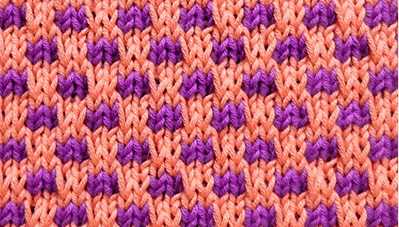
When getting started with slip stitch knitting, it’s important to have the right supplies on hand. Here are some key items you’ll need to begin your slip stitch knitting journey:
Knitting Needles:
A good pair of knitting needles is essential for slip stitch knitting. Choose a pair of needles that are the appropriate size for your yarn and your desired tension. Many slip stitch knitting patterns recommend using a size slightly smaller than what is typically recommended for the yarn weight, as slip stitches tend to create a looser fabric.
Yarn:
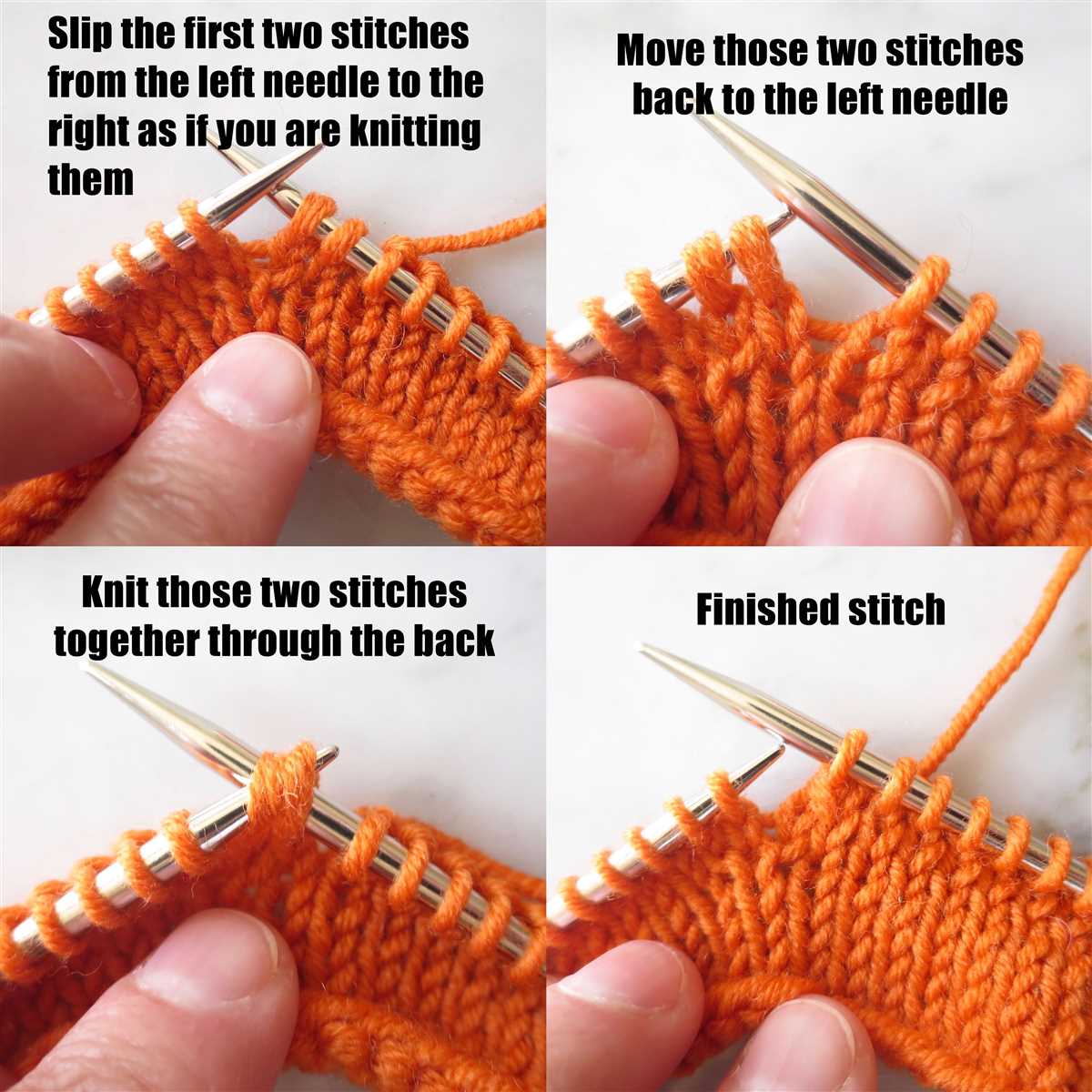
Choosing the right yarn for slip stitch knitting can make a big difference in your finished project. Look for a yarn that has good stitch definition, as slip stitches often create textured patterns. A smooth, plied yarn is a good choice to showcase the slip stitch designs. Consider using a yarn with a bit of elasticity, as slip stitch patterns can be more forgiving and stretchy.
Tapestry Needle:
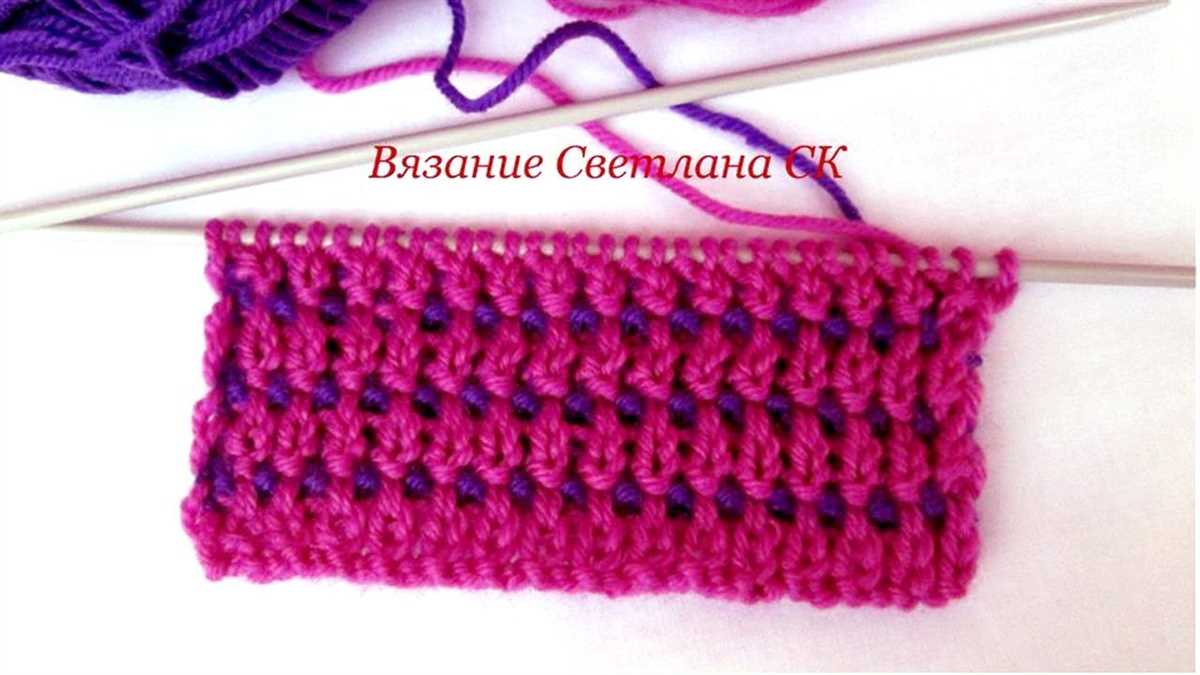
A tapestry needle or yarn needle is necessary for weaving in the ends of your slip stitch knitting project. Choose a needle with a large enough eye to accommodate your yarn and a sharp point to easily maneuver through stitches.
Stitch Markers:
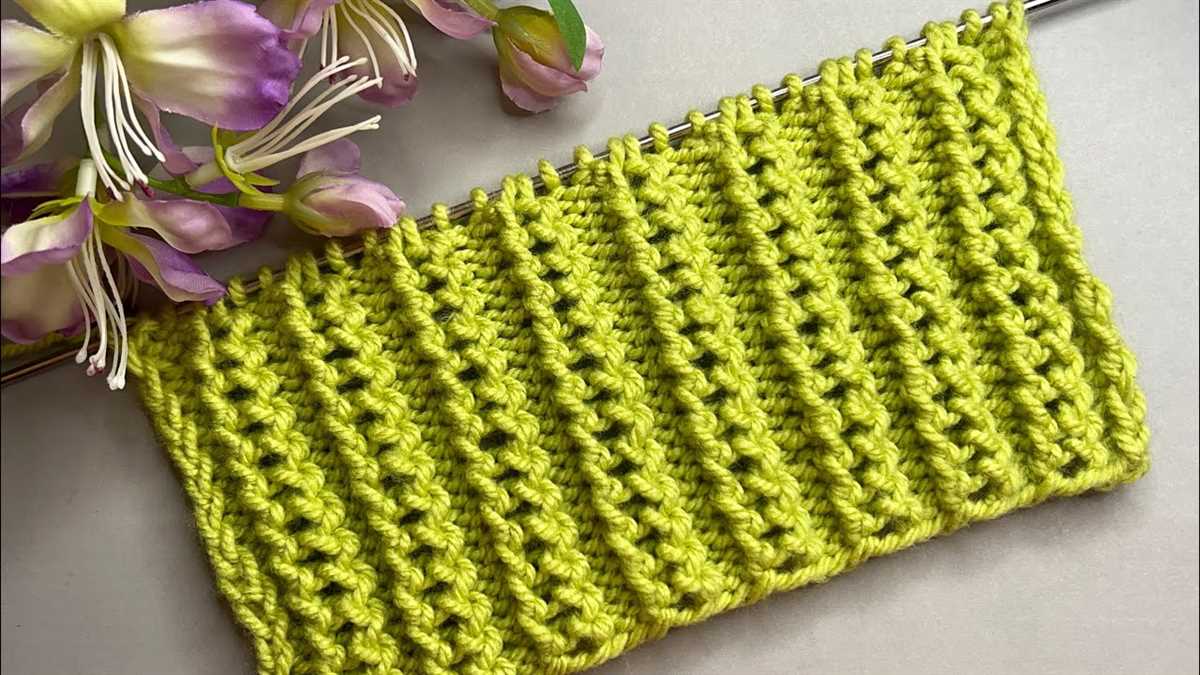
Stitch markers can be helpful when working on slip stitch knitting patterns, especially if the pattern has specific stitch placements or repeats. Use stitch markers to mark the beginning of rounds or specific sections of the pattern to keep track of your progress.
Measuring Tape:
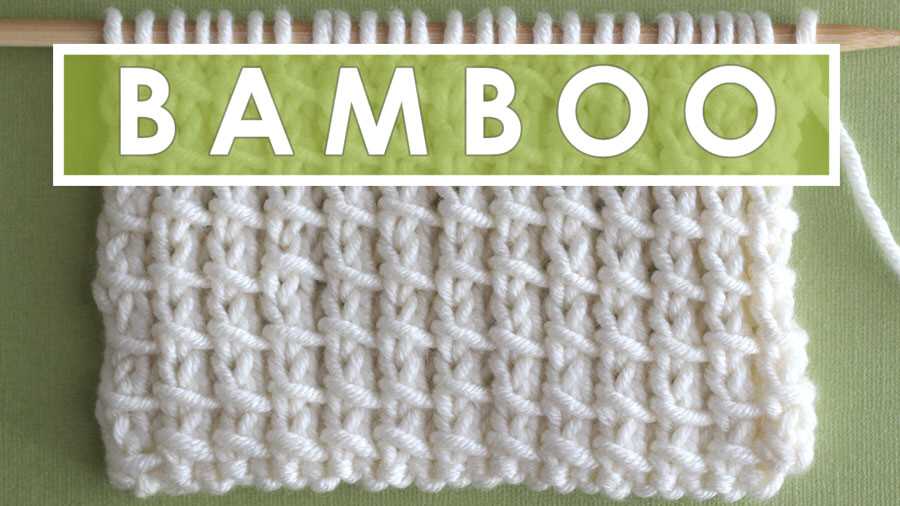
A measuring tape is essential for checking your gauge and measuring the size of your finished slip stitch project. Make sure to measure your gauge before starting your project to ensure proper sizing.
Pattern and Instructions:
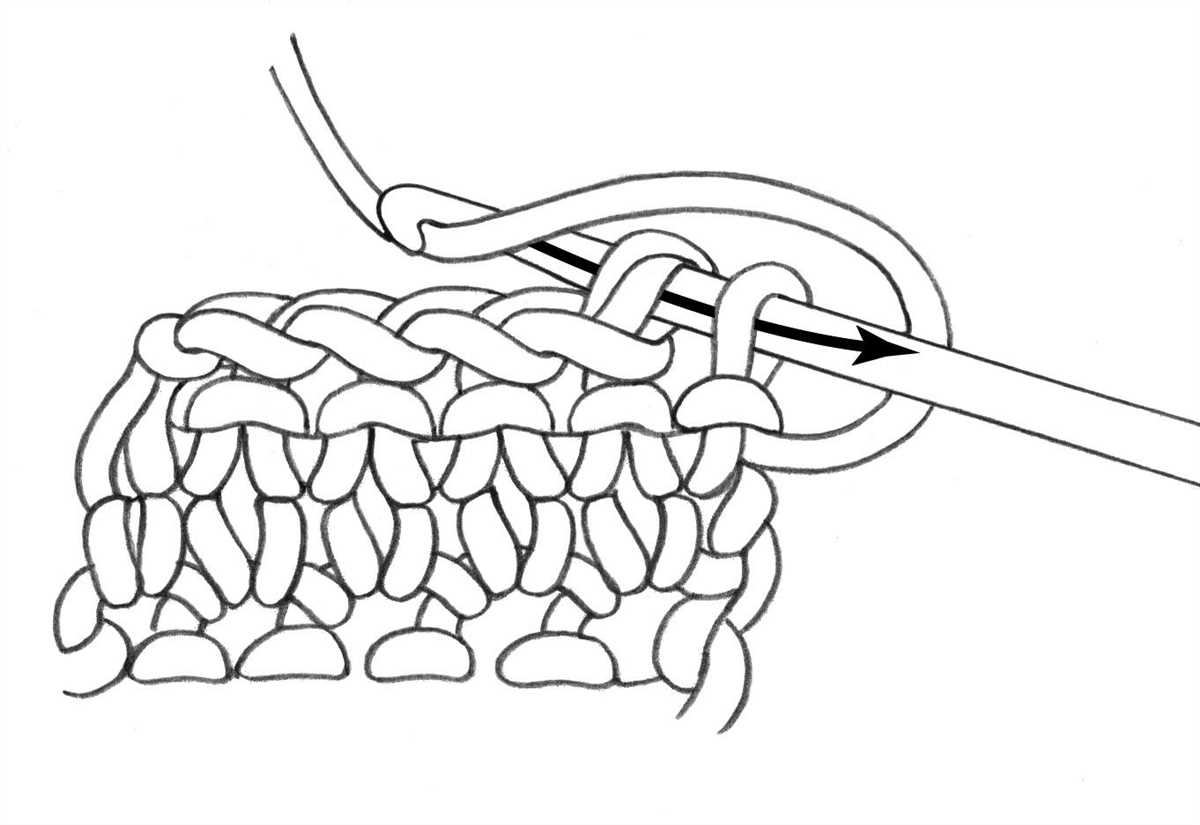
Of course, you’ll need a slip stitch knitting pattern to guide you through your project. Look for beginner-friendly patterns specifically designed for slip stitch knitting. Make sure to read the instructions carefully and familiarize yourself with any special stitches or techniques before starting your project.
With these essential slip stitch knitting supplies, you’ll be well-equipped to start creating beautiful and textured designs with slip stitches.
Basic Slip Stitch Pattern
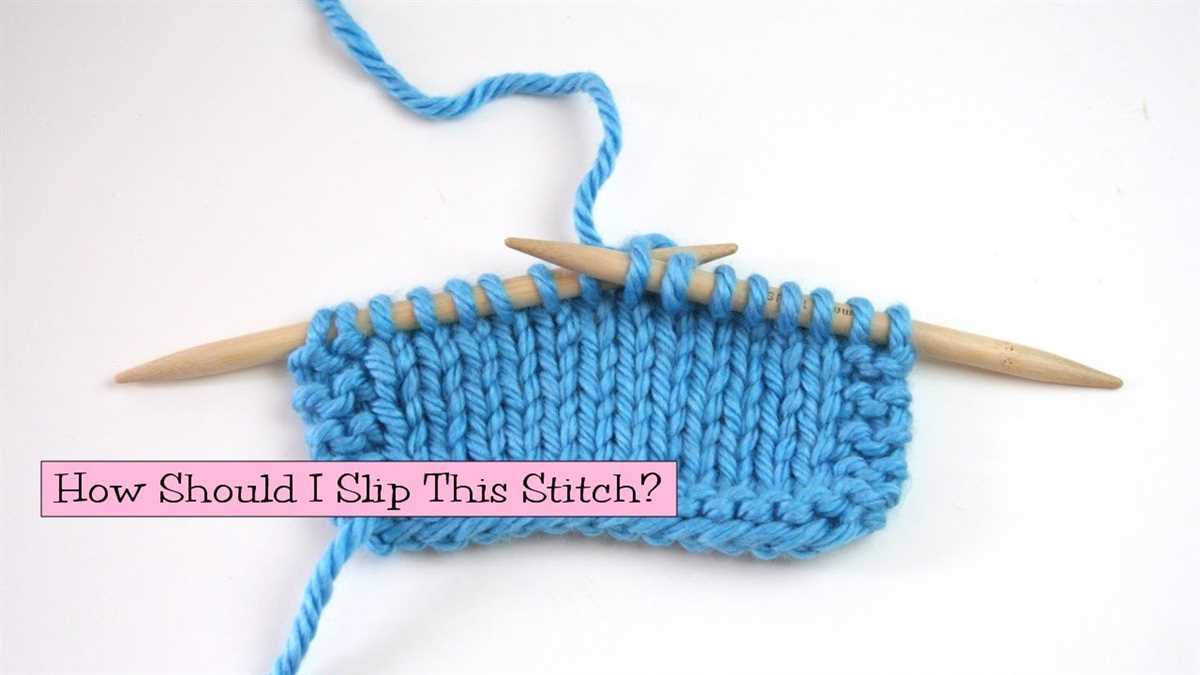
The basic slip stitch pattern is a simple and versatile knitting technique that produces an eye-catching texture. It involves working slip stitches, which are created by passing a stitch from the left needle to the right needle without knitting or purling it. This pattern is great for beginners as it only requires knowledge of basic knitting stitches and is easy to memorize.
To create the basic slip stitch pattern, you will need a set of knitting needles and a ball of yarn. Begin by casting on an even number of stitches onto your needles. For example, you could cast on 20 stitches for a small swatch.
Row 1: *Knit 1 stitch, slip 1 stitch purlwise* repeat from * to * across the row. End with a knit stitch.
Row 2: *Purl 1 stitch, slip 1 stitch purlwise* repeat from * to * across the row. End with a purl stitch.
Continue repeating rows 1 and 2 until your desired length is reached. You can experiment with different yarns and needle sizes to achieve different effects. The slip stitch pattern creates a dense and textured fabric that is suitable for a variety of projects, such as scarves, blankets, and even garments.
Overall, the basic slip stitch pattern is an excellent technique for beginners to learn, as it is easy to execute and produces impressive results. It can be used to add interest and texture to your knitted projects, and it is a great introduction to more advanced stitch patterns. Give it a try and see what creative possibilities it opens up for you!
Slip Stitch Colorwork
Slip stitch colorwork is a technique in knitting that creates a color pattern by “slipping” stitches instead of knitting them. It’s a great way for beginners to explore colorwork knitting without the complexity of stranded or intarsia knitting.
With slip stitch colorwork, you only work with one color at a time, making it an easier technique to master. The slipped stitches create a textured effect and give the illusion of multiple colors being used, even though only one color is being worked in each row.
The most common slip stitch colorwork pattern is the mosaic stitch pattern, which involves alternating rows of slipping stitches and knitting them. This pattern can be worked in a variety of ways, including stripes, chevrons, diamonds, and other geometric shapes.
Slip stitch colorwork is a versatile technique that can be used to create beautiful patterns and designs. It’s perfect for adding pops of color to plain stockinette stitch or for creating intricate patterns on its own. The possibilities are endless!
To get started with slip stitch colorwork, all you need is two colors of yarn and a basic understanding of knitting and purling. With a little practice, you’ll be creating stunning colorwork patterns in no time!
Tips for Successful Slip Stitch Knitting
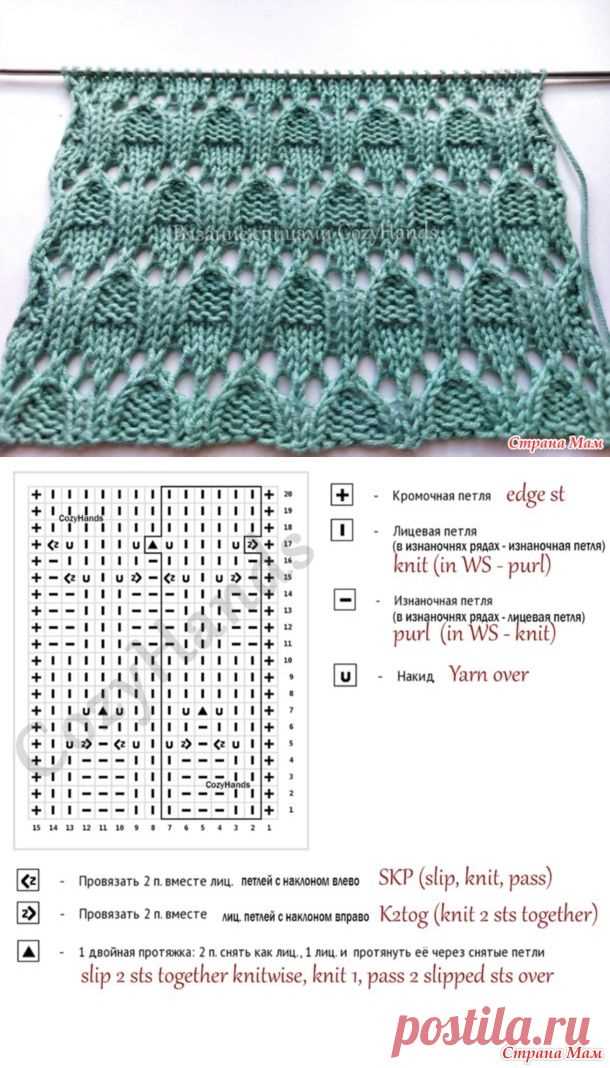
Slip stitch knitting is a great technique for beginners as it creates beautiful textured patterns without requiring intricate stitch work. To ensure successful slip stitch knitting, here are some helpful tips:
1. Choose the Right Yarn
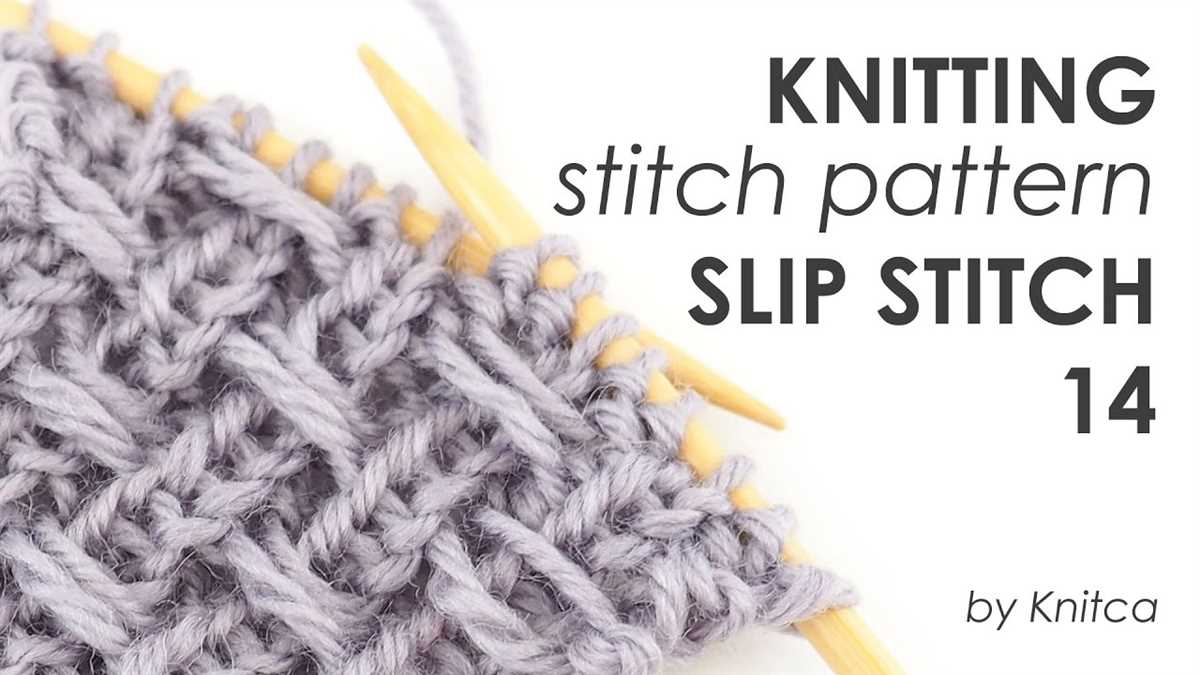
When working with slip stitch patterns, it’s important to choose a yarn that has good stitch definition. Opt for a yarn that is not too fuzzy or textured, as this may obscure the slip stitches and make it more difficult to see and work with the pattern.
2. Use the Correct Needle Size
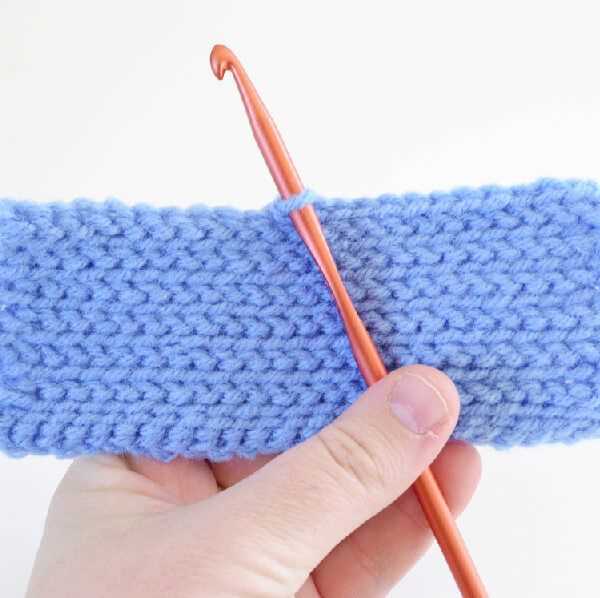
Using the correct needle size is crucial for slip stitch knitting. A needle size that is too small may lead to tight stitches, making it difficult to slip stitches and work with the pattern. On the other hand, a needle size that is too large may result in loose or uneven stitches. Be sure to follow the needle size recommended in the pattern or make a gauge swatch to ensure the correct needle size.
3. Pay Attention to Tension
Consistent tension is key to achieving a neat and even slip stitch pattern. Be mindful of how tightly you are knitting and make sure to maintain a consistent tension throughout your project. If you find that your slip stitches are too tight or too loose, adjust your tension accordingly.
4. Keep Count of Your Stitches
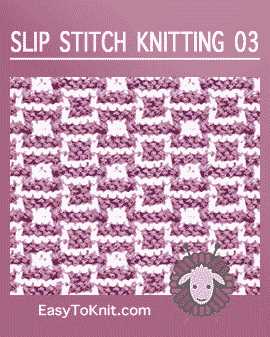
Slip stitch patterns often involve repeating a set of slip stitches and knitted stitches. It’s important to keep count of your stitches to ensure you are following the pattern correctly. Use stitch markers or a row counter to help you keep track of where you are in the pattern.
5. Practice, Practice, Practice
Like any new knitting technique, slip stitch knitting requires practice to master. Start with simple slip stitch patterns and gradually work your way towards more complex designs. The more you practice, the more comfortable you will become with the technique, leading to more successful slip stitch knitting projects.
By following these tips, you’ll be on your way to successfully knitting slip stitch patterns and creating beautiful textured garments and accessories.
Slip Stitch Hat Pattern
Slip stitch knitting patterns are great for beginners who want to add texture to their projects without having to learn complicated techniques. One popular slip stitch pattern is the slip stitch hat pattern. This pattern creates a beautiful, textured fabric that is perfect for keeping your head warm in the winter months.
Materials:
- 1 skein of worsted weight yarn
- Size 8 (5 mm) knitting needles
- Tapestry needle
Instructions:
- Cast on 88 stitches.
- Row 1: *Knit 1, slip 1 purlwise* repeat to the end of the row.
- Row 2 and all even rows: Knit all stitches.
- Row 3: *Slip 1 purlwise, knit 1* repeat to the end of the row.
- Repeat rows 2 and 3 until the hat measures approximately 8 inches from the cast on edge.
- Next row: *Knit 2 together* repeat to the end of the row (44 stitches remaining).
- Next row: Knit all stitches.
- Next row: *Knit 2 together* repeat to the end of the row (22 stitches remaining).
- Next row: Knit all stitches.
- Cut the yarn, leaving a long tail. Thread the tail through the tapestry needle and slide the needle through the remaining stitches, removing them from the knitting needle. Pull tight to close the top of the hat.
- Weave in any loose ends.
This slip stitch hat pattern is a great way for beginners to practice slip stitch knitting and create a stylish and warm accessory. The simple repetitive pattern produces a beautiful fabric that will impress your friends and family. Try using different colored yarns or adding a pom-pom for a personalized touch. Happy knitting!
Slip Stitch Scarf Pattern
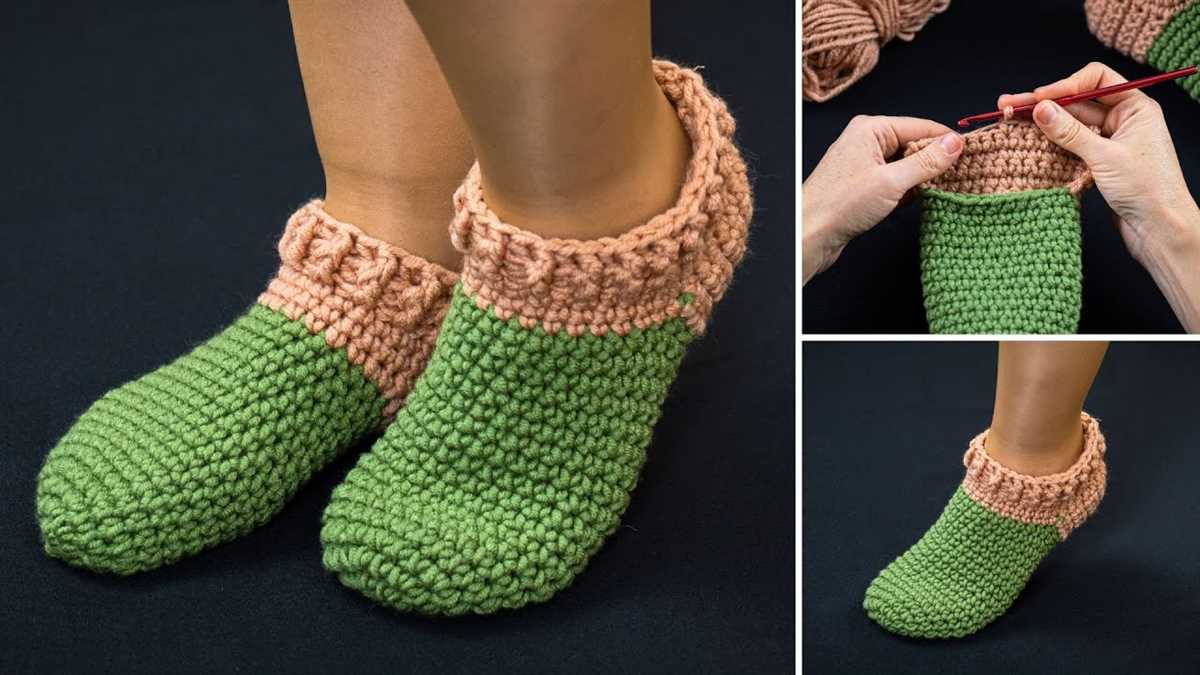
If you’re a beginner knitter looking for a fun and easy project, a slip stitch scarf is a great option. This pattern uses simple slip stitch techniques to create a beautiful and textured design. It’s perfect for keeping warm during the colder months or as a stylish accessory all year round.
To get started, you’ll need a pair of knitting needles and a skein of your favorite yarn. Choose a yarn that’s soft and cozy for maximum comfort. Start by casting on an even number of stitches, such as 30 or 40, depending on how wide you want your scarf to be.
- Row 1: *Knit 1, slip 1 purlwise with yarn in back*. Repeat from * to * across the row.
- Row 2: *Purl 1, slip 1 purlwise with yarn in front*. Repeat from * to * across the row.
- Repeat rows 1 and 2 until your scarf reaches your desired length, ending with row 2. Remember to always start each row with the stitch pattern as it appears (knit the knits and purl the purls).
The slip stitch pattern creates a visually interesting design that looks more complicated than it actually is. The slipped stitches give the scarf a textured and slightly ribbed look, making it a great choice for both men and women.
Feel free to experiment with different yarn colors and textures to make your slip stitch scarf unique. You can also add fringe or tassels to the ends for an extra touch of style. Once you’ve finished knitting your scarf, be sure to block it to help it lay flat and showcase the stitch pattern.
Slip Stitch Baby Blanket
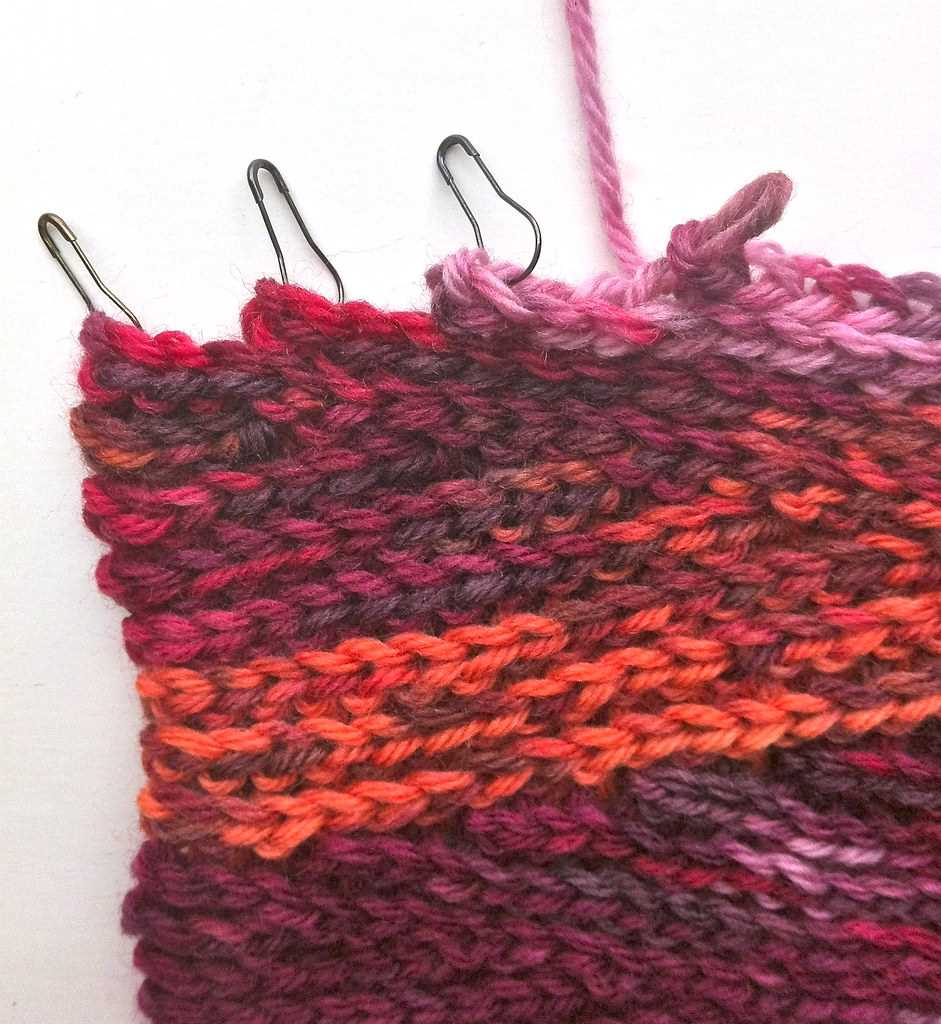
A slip stitch baby blanket is a perfect project for beginners who want to try out slip stitch knitting. The slip stitch technique is easy to learn and creates a beautiful texture that is ideal for baby blankets. By using simple knit and slip stitches, you can create a cozy and warm blanket for a little one.
To make a slip stitch baby blanket, you will need a soft and durable yarn, suitable for a baby’s delicate skin. Worsted weight cotton or acrylic yarn are great choices. You will also need a pair of knitting needles in a size appropriate for your chosen yarn.
To start your slip stitch baby blanket, cast on the desired number of stitches. The slip stitch pattern consists of alternating rows of slipped stitches and knit stitches. On the slipped stitch rows, you will slip every other stitch without knitting them. This creates a pattern of raised stitches on the right side of the blanket.
As you continue knitting the slip stitch pattern, you will see a beautiful texture emerging. The slip stitches give the blanket extra warmth and coziness, which are perfect for keeping a baby snuggled up. You can choose to use one color for your blanket or experiment with different color combinations to create a unique look.
When you have reached the desired length for your slip stitch baby blanket, it’s time to finish off your knitting. Bind off your stitches and weave in any loose ends. You can add a simple border to your blanket by knitting a few rows of garter stitch or adding a crochet edge.
A slip stitch baby blanket is not only a practical item for keeping a baby warm, but it is also a thoughtful and handmade gift. Whether you are a beginner or an experienced knitter, you will enjoy the simplicity of the slip stitch pattern and the satisfaction of creating a beautiful blanket for a little one.
Slip Stitch Dishcloth
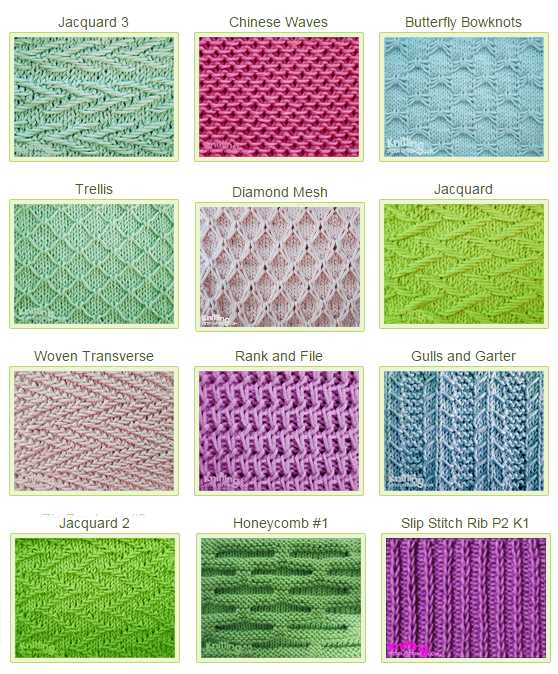
A slip stitch dishcloth is a great project for beginners who want to try out slip stitch knitting patterns. This simple yet versatile pattern creates a textured surface that’s perfect for scrubbing dishes or cleaning surfaces. Plus, it’s a quick and easy project that can be completed in just a few hours, making it an ideal option for those new to knitting.
To create a slip stitch dishcloth, you’ll need a set of knitting needles and some cotton yarn in your desired color. Begin by casting on the desired number of stitches, which will determine the width of your dishcloth. For a standard size, you can cast on around 40 stitches.
Once your stitches are cast on, you’ll start working in rows of slip stitches. To create a slip stitch, simply insert your right-hand needle from front to back into the first stitch on the left-hand needle, then slide the stitch off the left-hand needle without knitting it. Repeat this process for each stitch across the row.
As you continue working in slip stitches, you’ll notice that the fabric begins to develop a unique texture. The slipped stitches create a raised pattern that adds both visual interest and functional durability to the dishcloth. The finished cloth will have a woven-like appearance, making it both stylish and practical for everyday use.
Once you’ve completed knitting all the rows, simply bind off the stitches and weave in any loose ends. Your slip stitch dishcloth is now ready to be used in the kitchen or given as a thoughtful handmade gift. Don’t be surprised if you find yourself making more than one – slip stitch knitting patterns can be addictive!
Slip Stitch Socks
If you’re looking to try slip stitch knitting patterns for the first time, slip stitch socks are a great project to start with. Not only are they a useful and practical item, but they also allow you to explore different slip stitch patterns and techniques.
Slip stitch socks are typically knit using a combination of plain knitting and slip stitch patterns. The slip stitch patterns create interesting designs and textures on the surface of the socks, making them visually appealing.
Benefits of Slip Stitch Socks
Slip stitch socks have several benefits that make them ideal for beginners:
- Simple technique: Slip stitch knitting involves slipping stitches from the left needle to the right needle without knitting them. This technique is easy to learn and master, making slip stitch socks a great introduction to slip stitch knitting patterns.
- Varied designs: Slip stitch patterns can create a wide range of designs, from simple stripes to intricate colorwork. This allows beginners to experiment with different patterns and create unique socks.
- Texture and comfort: The slip stitch patterns create texture on the surface of the socks, which can add cushioning and warmth. This makes slip stitch socks not only visually appealing but also comfortable to wear.
Tips for Knitting Slip Stitch Socks
Here are a few tips to keep in mind when knitting slip stitch socks:
- Choose the right yarn: Consider using a yarn that has good stitch definition, as slip stitch patterns tend to show up better on a smooth surface. Sock yarn or a similar weight yarn with a bit of stretch is recommended.
- Swatch for gauge: Knit a swatch in your chosen slip stitch pattern to ensure that you are getting the correct gauge. This will help you achieve the right fit for your socks.
- Follow the pattern: When knitting slip stitch socks, it’s important to follow the pattern instructions carefully. Pay attention to the slip stitch patterns and any specific techniques that may be required.
- Try different patterns: Once you feel comfortable with slip stitch knitting, don’t be afraid to try different slip stitch patterns. Explore different designs, colors, and textures to create one-of-a-kind slip stitch socks.
Slip stitch socks are a wonderful way for beginners to delve into slip stitch knitting patterns. With their simple technique and varied designs, slip stitch socks offer a rewarding and enjoyable knitting experience. So grab your needles, choose a slip stitch pattern, and start knitting your own unique pair of slip stitch socks!